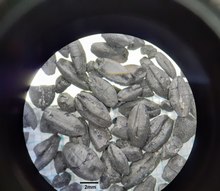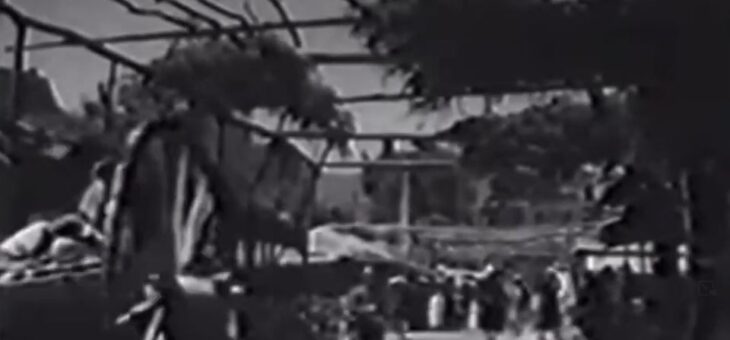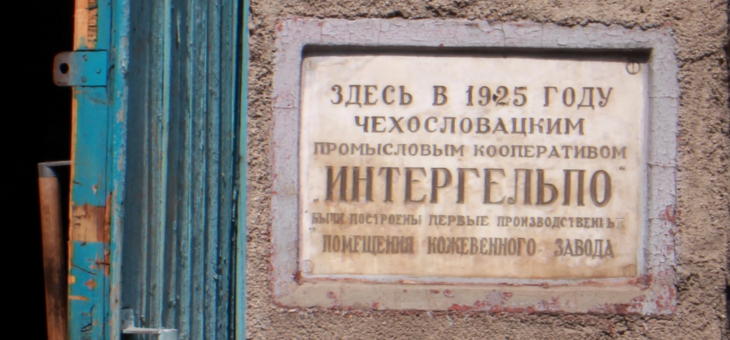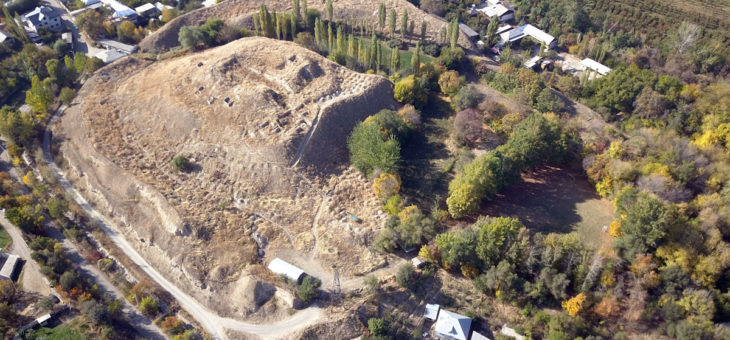Archaeobotany on the Silk Road, research results in southern Kyrgyzstan
The Silk Road is one of the most famous trade routes, which is necessarily associated not only with the exchange of goods and knowledge, but also with cultural customs and cultivated crops. The waypoints on this relatively branched route served as a kind of centers, on whose development it is possible to follow its dynamics.Read more about Archaeobotany on the Silk Road, research results in southern Kyrgyzstan[…]








